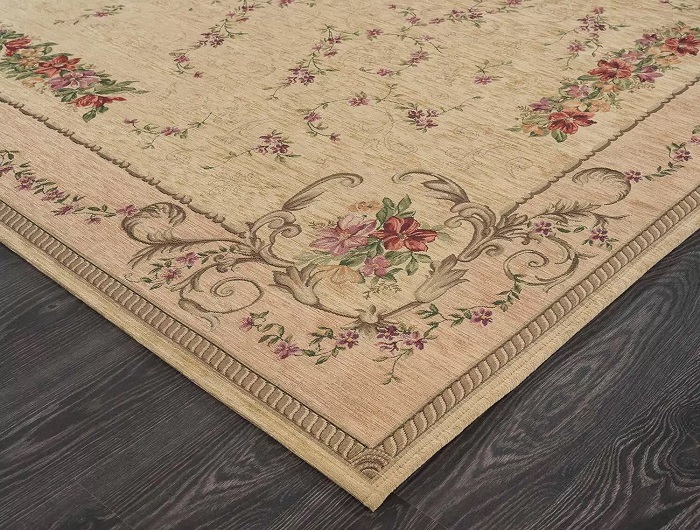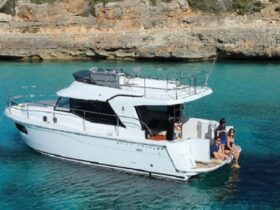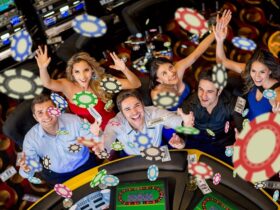Belgium is a name that resonates with elegance, sophistication, and meticulous craftsmanship — especially when it comes to luxury rugs. For centuries, Belgian rugs have stood at the intersection of art and engineering, blending traditional weaving techniques with cutting-edge technology. Whether adorning a palatial estate or a contemporary apartment, Belgian rugs offer an unmatched aura of quality and timeless beauty.
This article explores the fascinating manufacturing process of Belgian rugs, with a special focus on renowned makers like de poortere rugs. From the selection of raw materials to the final finishing touch, each stage is a labor of love that brings heritage and innovation together.
The Origins: A Rich Legacy of Rug Weaving
Belgium’s association with textiles dates back to the Middle Ages. Cities like Kortrijk and Bruges were once bustling hubs of wool trade and weaving artistry. Over time, these traditions evolved, and the country became a global leader in textile manufacturing. This historical foundation is what modern manufacturers like Louis De Poortere build upon to deliver exceptional rugs with a story behind every thread.
Step 1: Material Selection – The Foundation of Quality
The journey of a Belgian rug begins with premium material selection. Manufacturers prioritize high-grade wool, cotton, and modern fibers like viscose or polyester, depending on the design and intended use of the rug. Wool, often sourced from New Zealand, remains a favorite due to its natural resilience, warmth, and luxurious feel.
Before production begins, these raw materials are rigorously tested for tensile strength, color retention, and durability. Only the finest batches are approved, ensuring the final rug not only looks beautiful but stands the test of time.
Step 2: Dyeing – A Symphony of Color
Next comes the dyeing process. Belgian manufacturers are known for their sophisticated approach to color. Using both natural and synthetic dyes, artisans achieve vibrant, long-lasting shades. Dyes are often applied using automated, computer-controlled systems that guarantee consistency across batches.
This is a critical phase, as the dye must penetrate the fibers thoroughly without compromising softness or structure. In some workshops, the dyed yarns are air-dried naturally to preserve their original texture and minimize environmental impact.
Step 3: Weaving – The Heart of the Craft
Weaving is where the real magic happens. Belgian rugs are produced using state-of-the-art Jacquard looms or traditional hand-weaving techniques, depending on the desired finish. Jacquard weaving allows intricate patterns and textures to be produced with pinpoint accuracy. It’s the preferred method for contemporary rug makers like de poortere rugs
The loom interlaces warp (vertical) and weft (horizontal) threads to build the rug’s structure. This process can take hours or even days, depending on the complexity and size of the design. During this stage, artisans continuously monitor tension and alignment to ensure perfection.
Step 4: Pile Creation and Finishing Touches
After weaving, some rugs undergo pile processing, where loops are either left as-is (loop pile) or cut to create a plush surface (cut pile). Some Belgian rugs feature both techniques in a single design to create texture and depth.
Finishing involves trimming excess fibers, binding edges, and inspecting for flaws. Manufacturers pride themselves on detail, and any minor imperfections are corrected before the rug proceeds to the next stage. Some premium lines even go through a softening wash that enhances comfort underfoot.
Step 5: Backing and Quality Control
Backing is applied to reinforce the structure and ensure slip-resistance. Depending on the intended use, the rug may feature a jute, latex, or felt backing. This layer also improves durability and makes it easier to handle during installation.
Finally, the rug goes through a meticulous quality control process. Technicians inspect every inch for color accuracy, fiber density, edge strength, and pattern precision. Only after passing these rigorous checks is the rug approved for sale and packaging.
Step 6: Packaging and Eco-Friendly Practices
Modern Belgian rug manufacturers are increasingly committed to sustainability. Eco-conscious packaging, recycling of water used in dyeing, and ethical sourcing of materials are becoming the norm. Louis De Poortere, for example, has integrated environmentally-friendly practices into many stages of their production cycle.
Rugs are then rolled, protected with breathable wrapping, and shipped to showrooms or directly to customers around the world. Every rug carries with it a legacy of Belgian craftsmanship that continues to inspire interior designers and homeowners alike.
Why Choose Belgian Rugs?
- Timeless Design: Belgian rugs offer both classic and contemporary aesthetics.
- Unmatched Durability: Built to last with high-quality materials and craftsmanship.
- Eco-Friendly Choices: Many brands are adopting sustainable manufacturing methods.
- Global Reputation: Trusted by designers and decorators worldwide.
Whether you’re decorating a modern loft or a traditional home, a Belgian rug is a statement of taste and quality. Brands like de poortere rugs offer an impressive range of styles, from abstract art-inspired designs to timeless vintage patterns — each woven with precision and passion.
The manufacturing process behind Belgian rugs is a fascinating blend of heritage, technology, and artistry. From sourcing the finest materials to the final inspection, every step is guided by a commitment to excellence. When you invest in a Belgian rug, you’re not just buying a floor covering — you’re welcoming a piece of cultural heritage into your space.
Explore the beauty and craftsmanship of Belgian rugs at SayRUG and discover how these timeless pieces can transform your home with elegance and character.











Оставить коммент.